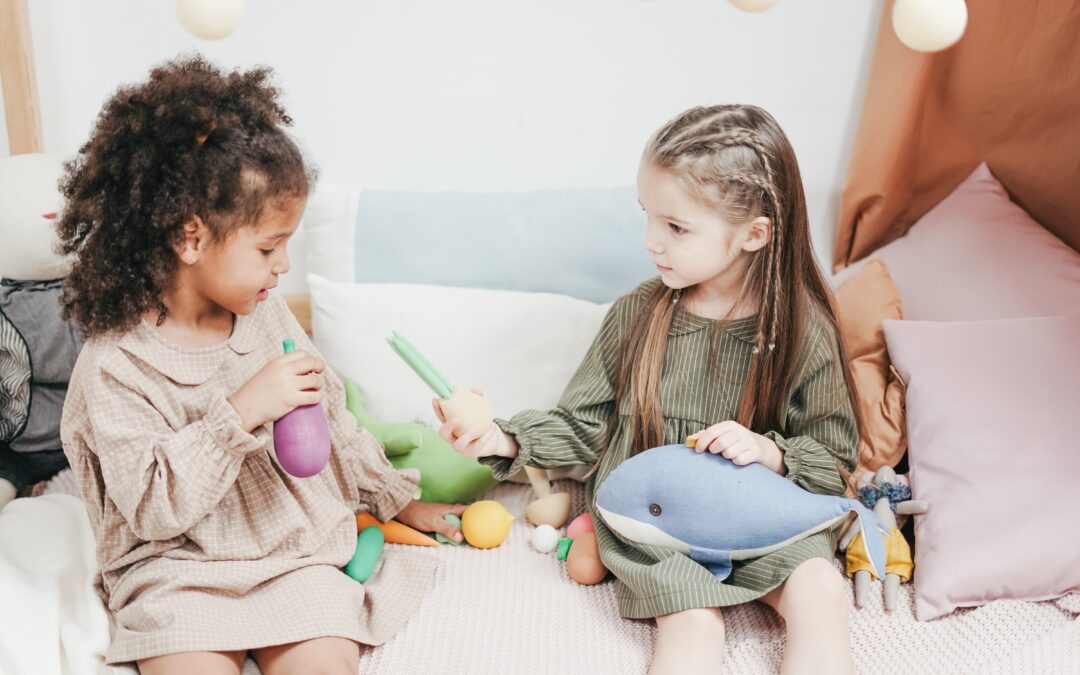Every child will encounter peer conflicts in their youth and certainly in adulthood. Learning how to navigate those scenarios productively is a skill that will serve children well in every area of their lives, during school years and beyond.
At STEMful, we have made restorative practice a central concept in our teaching approach. Today, we are exploring the idea of restorative practice and how it helps kids prepare to be responsible members of their communities.
What Is Restorative Practice?
Restorative practice focuses on remedying harm by collaborating to find a solution. You may have heard of it in the context of the criminal justice system, where victims, offenders, and community members directly respond to a crime. Schools and other education providers use restorative practice to encourage students to navigate conflicts with their peers in group settings.
Unlike retributive justice, where the goal is to establish guilt and administer punishment for harmful behavior, restorative practice focuses on dialogue that restores and repairs those harmed. It considers the questions of what harm was done, how to fix the damage, and who is responsible for repairing the harm. Through this approach, restorative practice encourages accountability and prevents future offenses.
How We Practice Restorative Practice at STEMful
At STEMful, our collaborative approach to Science, Technology, Engineering, and Math education (STEM education) helps kids and adults develop healthy identities, manage emotions, create and maintain healthy relationships, and make responsible choices. We use restorative practice practices to develop a supportive community for our students, along with Social Emotional Learning (SEL) activities. It’s our goal to help children grow into active, involved, and accountable community members.
We make restorative practice a central part of how we approach learning and conflict management among students because it encourages respect, responsibility, relationship building, and relationship repairing. By teaching children how to work together to solve problems, address conflicts, and resolve issues they experience in their relationships, they learn to be accountable for their behaviors and how they impact others.
One way we integrate SEL and restorative practice into our STEM education programs is by forming a circle following an event or activity or when a harmful incident may have occurred. Here, students share an appreciation for their classmates’ contributions, give apologies for behaviors that affect their peers’ feelings, and discuss realizations they’ve had in their shared experiences.
By providing a setting for students and staff members to be part of the discussions surrounding conflicts creates a safe forum for sharing feelings and experiences. All voices are heard, and we have the opportunity to reinforce social practices such as mutual respect and being courteous of one another. By not focusing conflict-related conversations on blame or punishment, we help children develop skills to help them succeed in other areas of their life.
Restorative Practice Origins
In North America, the concept of restorative practice traces back to Aboriginal groups and their healing-based approach to conflict management. Healing circles were a primary approach to restoration, used to create a community consensus on repairing the results of a harmful event.
Modern restorative practice emerged in Canada in the 1970s with the establishment of the first victim-offender reconciliation program. The concept, sometimes called victim-offender mediation or victim-offender dialogue, spread to the U.S. and Europe in the decades to follow, evolving beyond victims and their offenders to include friends, families, and communities of those involved.
Today, groups such as the Center for Justice and Restoration educate and promote restorative practice as a productive approach for criminal justice systems worldwide. The concept has grown beyond crime, used by education systems as a tool to promote meaningful relationships, a strong sense of community among students, and to create safe and supportive spaces for personal growth.
Restorative Practice and Peer Conflict Resolution for Children
Restorative practice has gained popularity in schools because it helps students resolve conflicts, reduces instances of bullying, suspension, and expulsion, and feel happier and safer. Through restorative practice, students gain skills including learning how to be better listeners, develop conversation skills, build emotional intelligence, and encourage accountability.
Beyond conflict management, when used in schools, restorative practice can be used as a proactive strategy to help students cultivate a connected community where each member knows they are valued and how they can succeed.
Teachers and administrators who have implemented restorative practice concepts in their classrooms and schools see the following benefits:
- Improved behavior in their classrooms.
- Spent less time on discipline and more time on teaching and interaction.
- Kids stayed in school and were less likely to get off track with their education due to poor behavior.
- Teachers and students addressed root causes of behavior, allowing them to correct behavior cycles.
- Students learned conflict resolution skills that benefit them in the real world.
Restorative Practice for a Successful Future
One of our goals at STEMful is to give kids the skills and experiences they need to become confident, productive, and purposeful members of society. By using restorative practicerestorat practices to help them navigate conflicts with their peers and within their communities, students learn the importance of taking accountability, and healing and repairing relationships when they have impacted someone with their behavior. That way, they are prepared to become productive and accountable adults.

